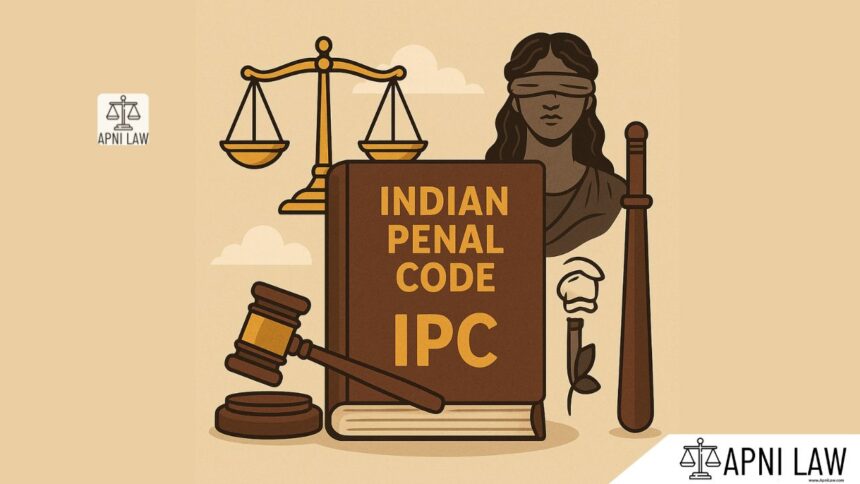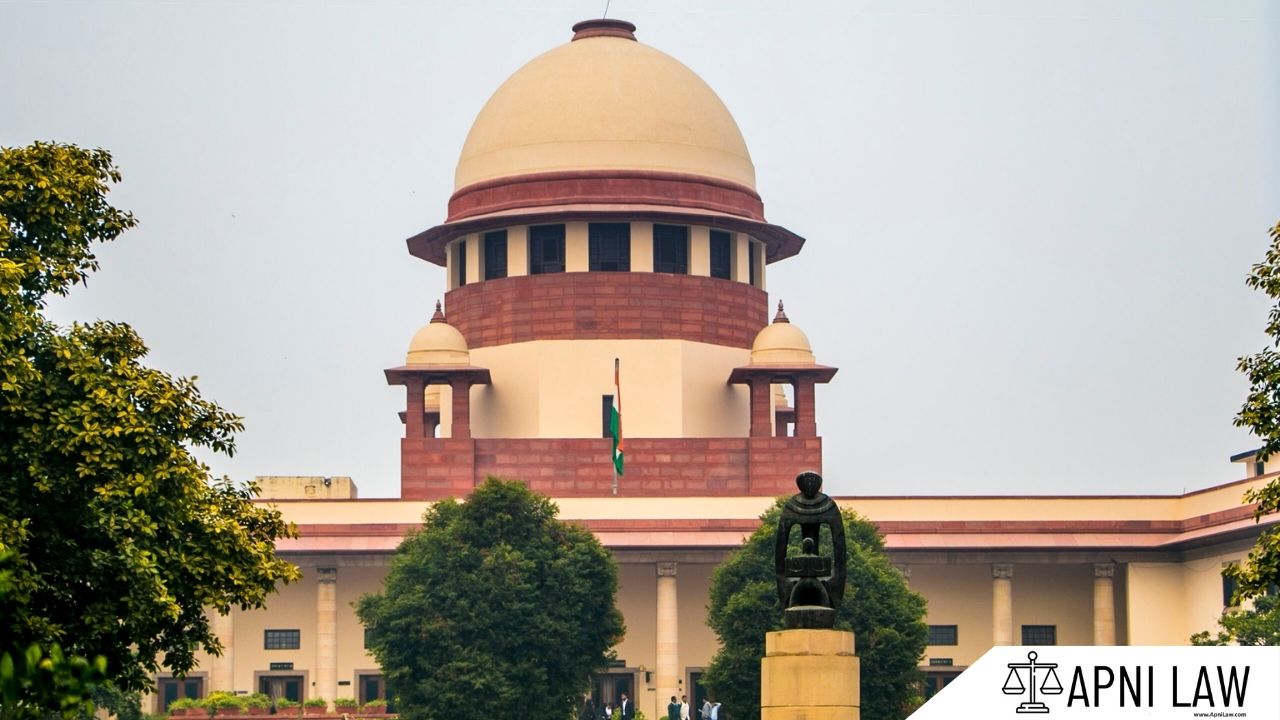Code:
Whenever force or violence is used by an unlawful assembly, or by any member thereof, in prosecution of the common object of such assembly, every member of such assembly is guilty of the offence of rioting.
Explanation:
This section essentially says that if a group of people assemble unlawfully with a shared intention to commit a crime or force someone to do something illegal, and they actually carry out that crime or force the illegal act, then every individual in the group is considered guilty of that crime.
For an assembly to be considered unlawful, it must meet certain criteria under Section 141 of the IPC. These criteria include:
- An assembly of five or more persons
- Common object of committing an offense or causing any person to do an illegal act
- The assembly being unlawful under the circumstances
It is important to note that mere presence in an unlawful assembly does not automatically make a person guilty of the offense committed by the assembly. The individual must have knowledge of the assembly’s unlawful intent and must participate in the act that constitutes the crime.
Illustration:
Imagine a group of people gather with the intention of destroying a religious structure. This assembly becomes unlawful under Section 141 of the IPC. If the group proceeds to vandalize the structure, every member of the group, even those who did not directly participate in the vandalism, would be held guilty of rioting and the damage caused.
Common Questions and Answers:
Q: What is the punishment for rioting?
A: The punishment for rioting is imprisonment for a term which may extend to two years, or with fine, or with both.
Q: Can I be charged with rioting even if I didn’t directly participate in the crime?
A: Yes, if you were a member of the unlawful assembly and knew about the group’s intention to commit a crime, you could be charged with rioting even if you didn’t directly participate in the crime.
Q: What is the difference between rioting and unlawful assembly?
A: An unlawful assembly is the formation of a group with a shared intention to commit an offense. Rioting occurs when this unlawful assembly actually carries out the offense or causes an illegal act.









